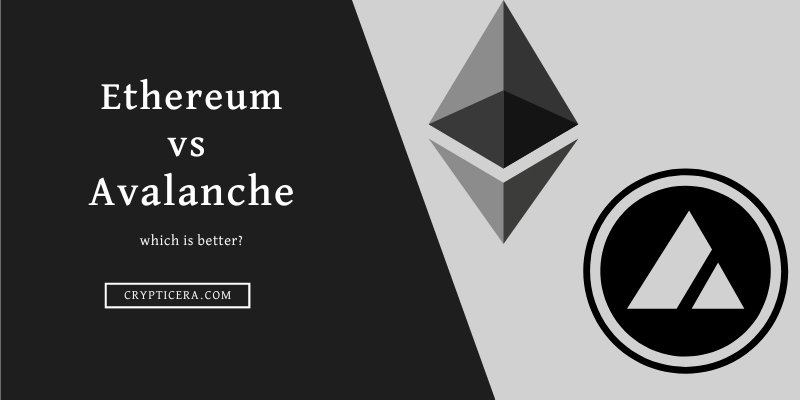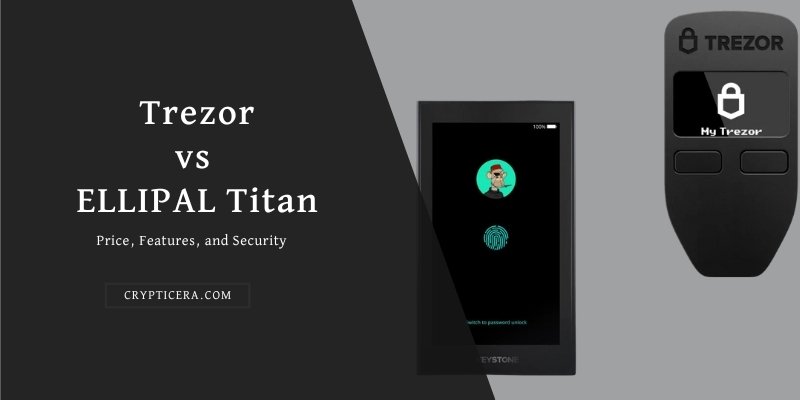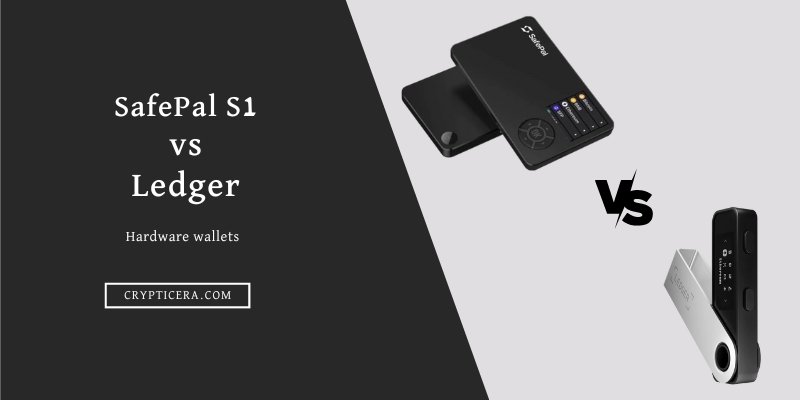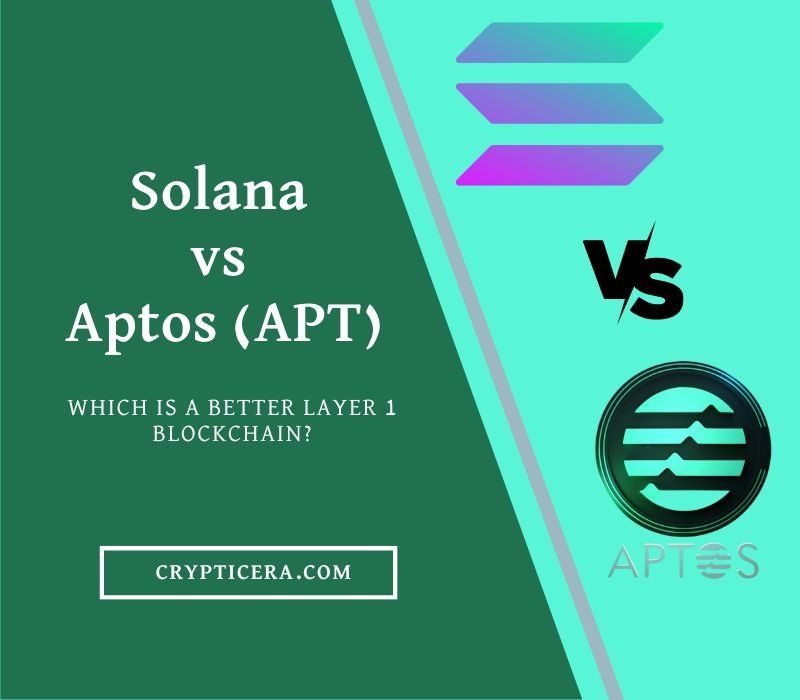Blockchain technology has come a long way since Bitcoin’s introduction in 2009. Today, there are several blockchain platforms in the market, and Ethereum and Avalanche are two of the most popular ones.
Both these platforms have gained significant attention and adoption due to their unique features, scalability, and flexibility. In this article, we will compare Ethereum vs Avalanche and explore their similarities and differences.
Key Takeaways:
- Ethereum has limited scalability due to network congestion, while Avalanche offers high scalability with up to 4,500 TPS.
- Ethereum has volatile and high transaction fees, whereas Avalanche has low and predictable transaction fees.
- Ethereum is interoperable with other blockchains through protocols and bridges, while Avalanche has built-in interoperability with Avalanche Bridge for seamless asset transfers.
Ethereum vs Avalanche: Key Differences
| Key Points | Ethereum | Avalanche |
|---|---|---|
| Launch Year | 2015 | 2020 |
| Consensus Mechanism | Proof of Stake (PoS) | Avalanche Protocol (a combination of Avalanche, Snowball, and Slush consensus mechanisms) |
| Scalability | Limited [15-25 TPS] | High, 4,500 transactions per second (TPS) |
| Transaction Fees | High | Low |
| Smart Contracts | Turing complete smart contracts using Solidity | Turing complete smart contracts using multiple languages like Solidity, Ethereum-flavored WebAssembly (eWasm), and others |
Overview of Ethereum and Avalanche
What is Ethereum?
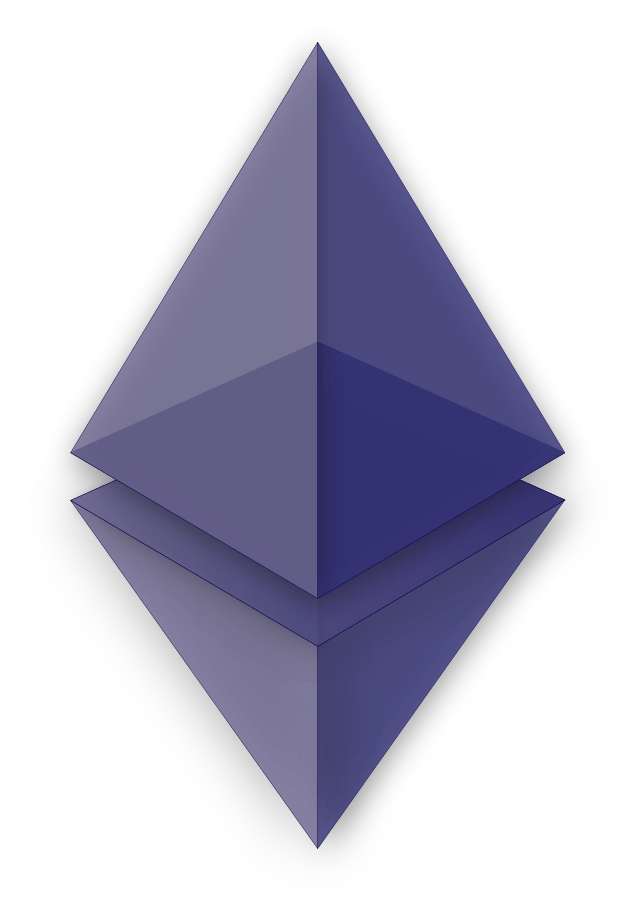
Ethereum is a blockchain platform that was introduced in 2015 by Vitalik Buterin. It is an open-source blockchain that allows developers to build decentralized applications (dApps) using solidity.
Ethereum has its cryptocurrency, Ether (ETH), which is used to pay for transactions and run smart contracts. Ethereum’s gas fee system is used to calculate the transaction fee based on the complexity of the smart contract.
How does Ethereum Work? At the heart of Ethereum lies its blockchain, a distributed ledger that records and validates transactions.
But Ethereum isn’t just about transferring digital currencies like Bitcoin; it’s a sophisticated platform that enables smart contracts – self-executing agreements encoded as computer code.
These dApps can be anything from decentralized finance (DeFi) protocols that enable lending and borrowing without intermediaries, to digital art marketplaces, gaming platforms, and more
What is Avalanche?

Avalanche is a decentralized blockchain platform that was introduced in 2020 by Emin Gün Sirer, a renowned computer scientist.
It is designed to be highly scalable and secure, capable of processing up to 4500 transactions per second (TPS) with a latency of fewer than two seconds.
Avalanche has three chains: X-Chain, C-Chain, and P-Chain.
X-Chain is the main chain for creating and exchanging assets, while C-Chain is for creating and running smart contracts. P-Chain is for managing subnets and interoperating with other blockchain platforms.
Related: Best Avalanche Ecosystem Coins
Ethereum vs Avalanche: Comparison
Transaction Speed and Scalability
One of the significant differences between Ethereum and Avalanche is their transaction speed. Scalability is a critical factor in blockchain platforms as it determines the number of transactions a platform can handle simultaneously.
Ethereum has struggled with scalability issues, leading to high gas fees and slow transaction confirmation times. Ethereum can process up to 15-45 TPS, while Avalanche can process up to 4500 TPS, making it significantly faster.
Gas Fees
When it comes to gas fees, Ethereum has a well-known issue of high fees due to the popularity of its network and the congestion it causes. On the other hand, Avalanche claims to have much lower gas fees due to its advanced consensus mechanism.
In fact, Avalanche claims to have sub-cent fees compared to Ethereum’s average fees of around $10 to $20 per transaction. This makes Avalanche a more cost-effective option for those looking to make frequent transactions or use decentralized applications (dApps).
Smart Contract
Ethereum is known for its smart contract capabilities, and it is often considered the go-to platform for developing dApps.
Ethereum’s smart contracts are written in Solidity, a programming language specifically designed for the platform. Avalanche also has smart contract capabilities, and developers can use various programming languages like Solidity, Go, C, Python, and C++.
Interoperability
Interoperability is another essential factor in blockchain platforms as it enables different blockchain networks to communicate with each other.
Ethereum has several projects that enable interoperability, such as the Polygon network, which allows Ethereum to communicate with other blockchains. Avalanche also has interoperability capabilities.
Security
Security is a crucial factor in blockchain platforms as they are designed to be decentralized and secure. Ethereum and Avalanche both have robust security protocols, making them highly secure.
However, Ethereum has had several high-profile hacks and security issues, leading to the development of Ethereum Classic, which aims to improve the platform’s security.
Read: Ethereum vs Ethereum Classic
Consensus Mechanism
The consensus mechanism refers to the process by which blockchain networks validate transactions and maintain the integrity of the ledger. Ethereum and Avalanche use different consensus mechanisms, which significantly impact their performance and scalability.
Ethereum initially uses the Proof of Work (PoW) consensus mechanism. Recently, Ethereum has started transitioning to the Proof of Stake (PoS) consensus mechanism, which is more energy-efficient and sustainable.
In PoS, validators, instead of miners, are responsible for validating transactions and adding blocks to the blockchain. Validators are required to hold a certain amount of ETH coins as a stake, which they can lose if they act maliciously.
Avalanche uses the Avalanche consensus mechanism, which is a novel approach to consensus. In this mechanism, validators propose new transactions and a random subset of validators is selected to validate the transactions.
If the subset approves the transactions, they are added to the blockchain.
ETH vs AVAX: Market Cap and Tokenomics
Ethereum has been in the market for a long time, and it has established itself as a leading blockchain platform for decentralized applications. Ethereum’s current market capitalization is around $230 billion.
Ethereum’s market capitalization has fluctuated significantly over the years, and it has experienced significant growth due to the increasing adoption of decentralized finance (DeFi) and non-fungible tokens (NFTs).
Avalanche’s market capitalization is around $6.25 billion, making it one of the top 20 cryptocurrencies by market capitalization.
Tokenomics refers to the economics of a blockchain platform, including its token supply, distribution, and use. Ethereum has an unlimited supply of 119 million ETH already in circulation. Ether tokens are used to pay transaction fees and run smart contracts.
Avalanche has a larger supply of 720 million AVAX tokens, and they are used for network staking, transaction fees, and asset creation.
Avalanche Vs. Ethereum: DApps and Ecosystem
Both Ethereum and Avalanche have active developer communities and offer tools, frameworks, and resources for building dApps. Ethereum has a larger ecosystem due to its longer history and wider adoption.
It has numerous wallets, programming languages, developer frameworks, and infrastructure projects supporting its ecosystem. Some popular Ethereum ecosystem projects include:
- MetaMask – a popular Ethereum wallet and browser extension.
- OpenZeppelin – a library for developing secure smart contracts.
- ConsenSys – a blockchain software company providing various tools and services for Ethereum.
- Infura – a service that provides access to Ethereum nodes for dApp developers.
- Chainlink – a decentralized oracle network that provides real-world data to smart contracts.
Avalanche, being a newer platform, has a smaller ecosystem compared to Ethereum, but it is growing rapidly. Some popular Avalanche ecosystem projects include:
- Trader JOE – Popular DEX.
- AvalancheJS – a JavaScript library for building Avalanche-based dApps.
- Pangolin – the official DEX for Avalanche.
- Avalanche Bridge – a tool for transferring assets between Avalanche and Ethereum networks.
Total Value Locked (TVL) refers to the total amount of assets locked within a blockchain’s smart contracts, which is an indicator of the overall adoption and usage of the platform. The TVL on Ethereum is significantly higher than that on Avalanche.
According to Defillama, Ethereum has a TVL of $31.97 billion with a significant dominance of LIDO DAO (Liquid staking coin), holding $12.6 billion on its platform. While Avalanche TVL is only $863.36m.
Advantages and Disadvantages of Ethereum
Advantages:
- Robust development community
- Established and widely adopted
- Smart contract capabilities
Disadvantages:
- Scalability issues
- High gas fees
- Security concerns
Advantages and Disadvantages of Avalanche
Advantages:
- Highly scalable and efficient
- Interoperability capabilities
- Secure consensus mechanism
Disadvantages:
- Less established than Ethereum
- Smaller development community
- Less widely adopted
Conclusion: Which One to Choose?
Ethereum and Avalanche are both prominent blockchain platforms with unique features and capabilities. While Ethereum is more established and widely adopted, Avalanche offers highly scalable and efficient network capabilities.
Choosing between Ethereum and Avalanche ultimately depends on your specific needs and use cases. If you need a highly scalable and efficient platform with interoperability capabilities, Avalanche may be the better choice.
However, if you require a platform with an established and robust development community and smart contract capabilities, Ethereum may be the better option.
FAQs
-
What is Ethereum 2.0?
Ethereum 2.0 is a major upgrade to the Ethereum blockchain, aimed at improving its scalability, security, and efficiency. One of the main changes is the switch from a proof-of-work (PoW) consensus mechanism to a proof-of-stake (PoS) mechanism, which is expected to significantly reduce energy consumption and improve network security.
Other changes include the introduction of shard chains, which will allow the network to process more transactions in parallel.
-
What is Avalanche’s X-Chain?
Avalanche’s X-Chain is the main chain for creating and exchanging assets on the Avalanche network. It uses a proof-of-stake (PoS) consensus mechanism and has sub-second finality, making it one of the fastest and most scalable blockchain networks.
The X-Chain supports the creation and exchange of various assets, including cryptocurrencies, tokens, and NFTs.
-
Can Ethereum and Avalanche communicate with other blockchain networks?
Yes, both Ethereum and Avalanche have interoperability capabilities, allowing them to communicate with other blockchain networks. Ethereum has a bridge network called the Ethereum Bridge, which allows it to connect with other Ethereum-based networks such as Binance Smart Chain and Polygon.
Avalanche, on the other hand, has its own bridge network called the Avalanche Bridge, which allows it to connect with other networks such as Ethereum and Cardano.
